Glass, Railings, Silence
Forest Fair Mall is quiet now, but the building is still standing. Light still comes through the skylights and falls onto the walkways, making shadows under the blue beams and pastel arches.
The old railings curve around the empty areas, clean but not used. You can still see where the Kohl's sign was - the letters are faded, and part of the sign is peeling off.
Inside, noises echo in the wide hallways, which are lined with stores that haven't changed much since the 1990s.
Some walls are still painted green and purple, and no one has bothered to repaint them.
People online talked about seeing someone in an elf costume near the fountain.
Others mentioned the carousel was still running after most stores were empty.
If you look for things to do near Cincinnati, Ohio, you won't find the mall on the list anymore.
However, the building is still there for now, and memories stick around in the empty parts of the mall.
Launch, Collapse, and the Luxury Overreach
Forest Fair Mall opened its first section in July 1988.
The place was huge from the beginning, 1.5 million square feet, five main stores, and 6,000 parking spots.
LJ Hooker, based in Australia, took the idea for a Bigg's hypermarket and made it into Ohio's second-largest mall.
They brought in Higbee's, B. Altman, Bonwit Teller, Parisian, and Sakowitz as main stores, even though none were from the area.
Higbee's left before opening day. The rest opened as planned, but not all stores opened at once.
Bigg's started first, with other stores opening a few months later in March 1989.
Some places tried to stand out, like Wallaby Bob's and Time Out, which focused on unusual attractions.
Koala Klubhouse set up a daycare inside the mall, which was something new.
By mid-year, people were coming in, but the sales and leases were lower than needed.
By summer 1989, only about 65 percent of the smaller shops were rented. Money problems started fast.
LJ Hooker went bankrupt that June. By 1990, three of the five big stores were already shutting down.
Bonwit Teller and B. Altman stayed open a little longer for legal reasons.
It was clear the mall was struggling. Many parts of the building were half-empty even in the beginning.
Segmented Leasing and Themed Zones
In 1992, the owners divided Forest Fair Mall into separate sections, assigned each part a specific use, and tried to bring in more shoppers with this new plan.
They changed the name to The Malls at Forest Fair and set up each area for a different kind of business.
Bigg's stayed on as the main grocery store. Food and restaurant spots took over the old Bonwit Teller area and the center court.
They arranged the stores by product type rather than by target customer.
The mall was still large, but new signs and different colors were added to make it easier to navigate.
In 1993, a few new stores moved in to support this plan, like Dawahares, which replaced Sakowitz and brought a local clothing store into a space that had previously housed upscale brands.
For a short time, more spaces were leased out than before.
Most of the stores in the clothing and grocery sections were filled, but only about a quarter of the lifestyle section had tenants.
The B. Altman space was empty until late 1994, when Kohl's opened there for the first time in Cincinnati.
Kohl's drew regular shoppers and fit what people in the area wanted, but most of the other spaces in the mall were still hard to fill.
Even when one area was active, it didn't link well to the rest, so the main issues remained.
Entertainment Anchors and Discount Revival
By 2000, Forest Fair Mall made another attempt at a turnaround. This time, the focus was on outlets and entertainment.
Gator Investments worked with Glimcher Realty Trust to bring in Bass Pro Shops, Burlington Coat Factory, and Stein Mart, all of which opened in October 2000.
Burlington took over what used to be the Festival wing. Bass Pro Shops moved into the former Parisian space.
Stein Mart used Dawahares' old location, but only ran a temporary outlet there.
More stores followed in 2000 and 2001, including Media Play, Off 5th, and Steve & Barry's.
Each of these retailers was new to the local area. A new Showcase Cinemas opened with stadium seating.
Metropolis, a nightclub, opened near Wonderpark, which was a children's play area.
The new approach was based on value and offering something different, rather than trying for a luxury market.
This change brought in more customers for a time. Mills Corporation noticed and bought the mall in 2002.
Renovations started the next year, adding new flooring, themed wings, and larger signs.
By August 2004, the mall reopened with a new name: Cincinnati Mills.
Occupancy went up to 90 percent. But the underlying problems were still there. Media Play closed.
Johnny's Toys shut down too. Broader retail conditions continued to be challenging. Progress was happening, but things were still unstable.
Ownership Turnover and Vacancy Creep
Simon Property Group took over the Mills portfolio in 2007, but by then, the curve had flattened.
Bigg's was the main retail anchor when the mall opened, but it shut down in June 2008.
That same year, Wonderpark and Berean Christian Stores folded. More stores closed gradually at first, then vacancies increased more quickly.
In January 2009, North Star Realty picked up the mall and changed its name again, this time to Cincinnati Mall.
North Star pitched using some of the bigger spaces for call centers, offices, or maybe a hotel.
By then, Steve & Barry's had disappeared during its national wind-down, and several large outlets, including Off 5th and Guess, had relocated to the newly built Cincinnati Premium Outlets in Monroe.
The decline was obvious. MasterCuts, GNC, Lane Bryant, and Dress Barn also vanished in short succession.
Even temporary fixes had a makeshift quality. Totes Isotoner opened a 30,000-square-foot warehouse shop near the food court.
Danbarry rebranded the old Showcase Cinemas into a discount theater, though it would last just a few more years.
The main issue stayed the same: there was too much space, not enough tenants, and shoppers had other places to go.
People stopped coming back in the same numbers.
By 2010, big areas of the mall were empty and dark, though the carpet and railings still looked new to customers who weren't returning.
Two Holdouts and the Final Drift
In 2010, the mall was sold again, this time to Cincinnati Holding Company. The name changed again to Forest Fair Village.
The new name didn't stick. After 2011, leasing efforts focused on uses that weren't retail.
A skating rink was proposed inside the former Bigg's. A production studio was pitched for the old Guitar Center unit.
A hotel was discussed for the former Elder-Beerman space.
None opened. Bass Pro Shops stayed for a while, though their plan to move had already come up by 2013.
Burlington Coat Factory, which had once been one of the main anchors, left in the same year.
The Danbarry Dollar Saver cinema closed in 2014. Leasing agents kept changing. In 2017, a brokerage team listed the mall again.
By that time, there were only a few tenants left: an arcade, a kids' play space, and two large stores that didn't connect to the main concourse.
Arcade Legacy pulled out in September 2022.
Shutdown Orders and Final Closures
On December 2, 2022, the Forest Park Fire Department stepped in.
They told everyone to shut the mall's interior sections immediately due to blocked exits, closed-off areas, and other safety issues.
By then, most of the mall was empty and closed off.
Only two big stores were open, Kohl's and Bass Pro Shops, and both of them used separate doors on the outside of the building.
Everything else was locked up.
In January 2024, Bass Pro made official what people had expected: the store would close on January 13 and move to a new spot near Interstate 75 in West Chester.
That move took out one of the last tenants. A year later, in January 2025, Kohl's put Forest Fair on its list of 27 stores that would be closing.
Those last days didn't get any attention from the news.
The closures happened without any events or decorations. The main doors stayed locked. The lights were out.
People just left. Some outside signs were still there in spring 2025, faded but still readable.
Photos from inside showed racks pushed aside and light still coming through the skylights.
Nothing had been cleared out yet. Everything just ended quietly.
Demolition Contracts and Industrial Transition
By early 2025, public documents showed the change.
Forest Park and Fairfield each passed zoning changes to convert the mall property into industrial use.
The rezoning affected about 54 acres of the site.
Hillwood Investment Properties, a company based in Texas, agreed to put up three industrial buildings on the land, with sizes between 250,000 and 355,000 square feet.
Fairfield's city council approved the demolition and redevelopment agreement in March 2025.
Forest Park finalized its own version two months later. A state land-bank grant worth $7.9 million had already been awarded to help fund demolition.
The grant must be used by the end of 2025, so the schedule is tight.
The remaining 45 acres on the opposite side of the parcel are still listed for mixed-use consideration.
There aren't any specific projects yet. For now, the plan is to take down the entire building during the summer of 2025.
After demolition, construction on the new industrial park is set to start in 2026.
If everything stays on track, the site should open in early 2027.
After years of leasing, new names, and occasional repurposing, the mall property will be cleared for warehouse space.
🌻

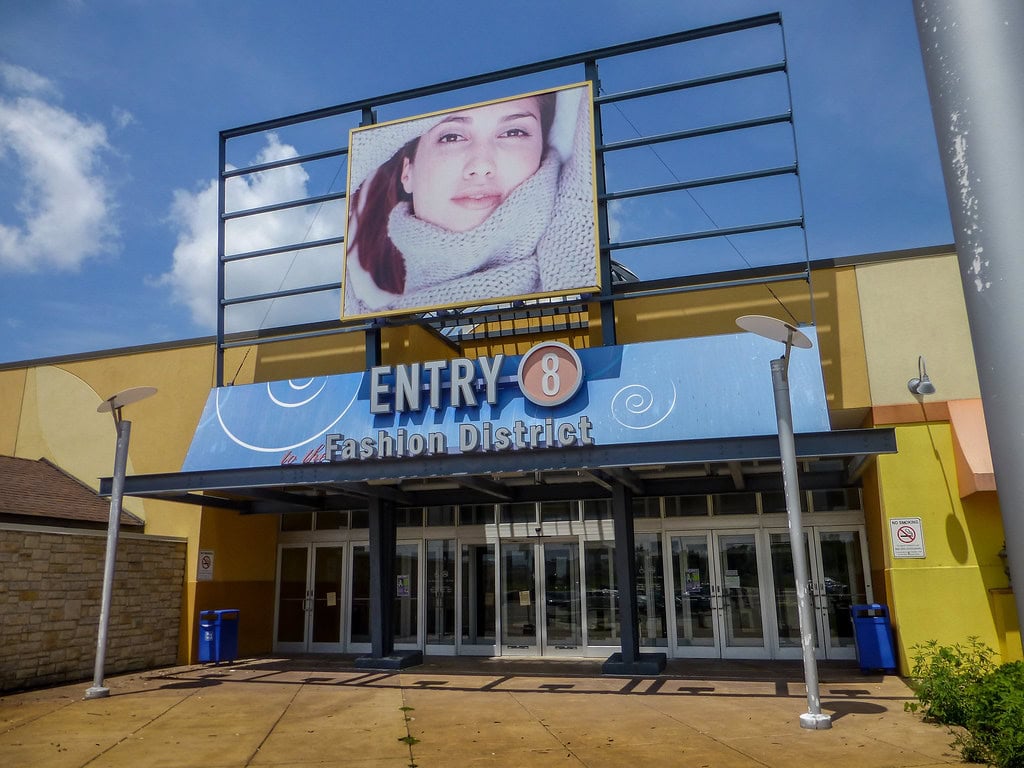
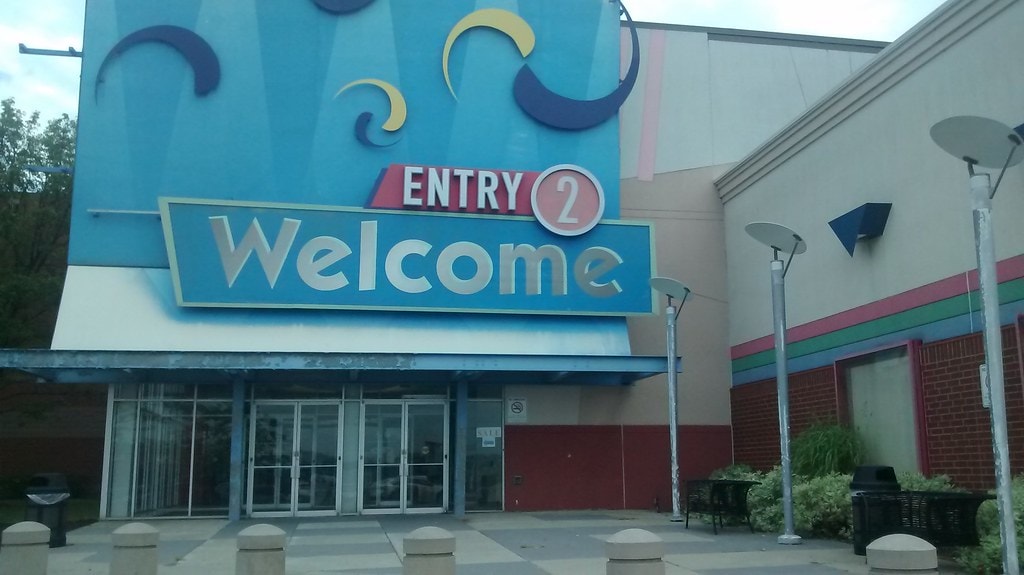
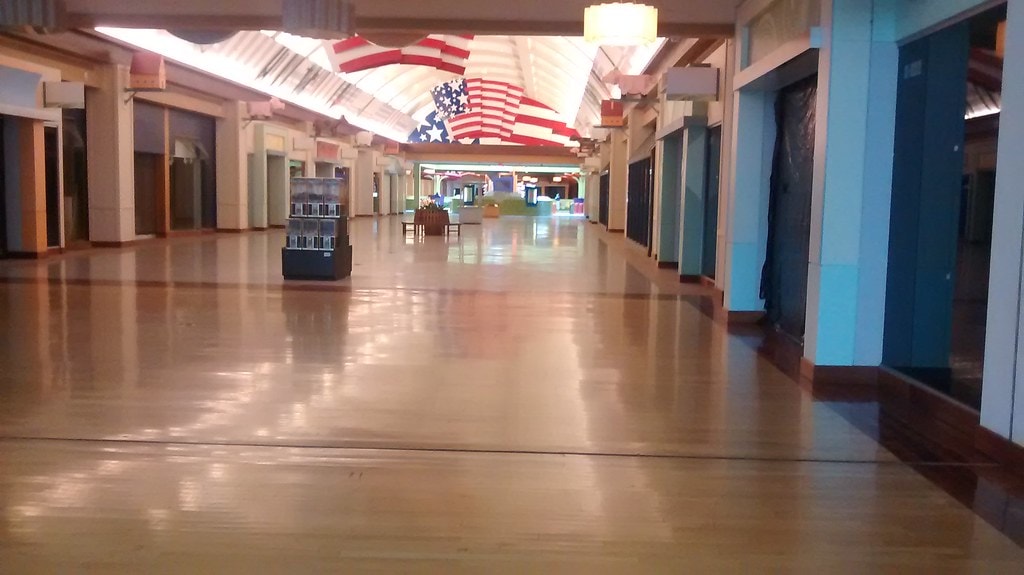
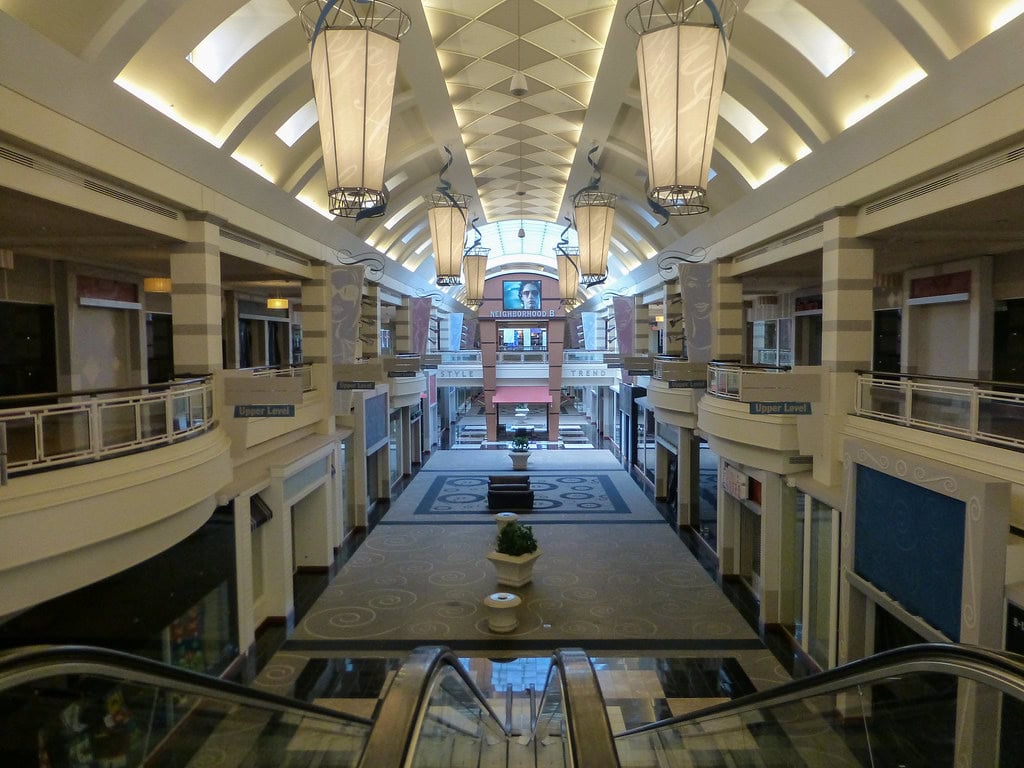
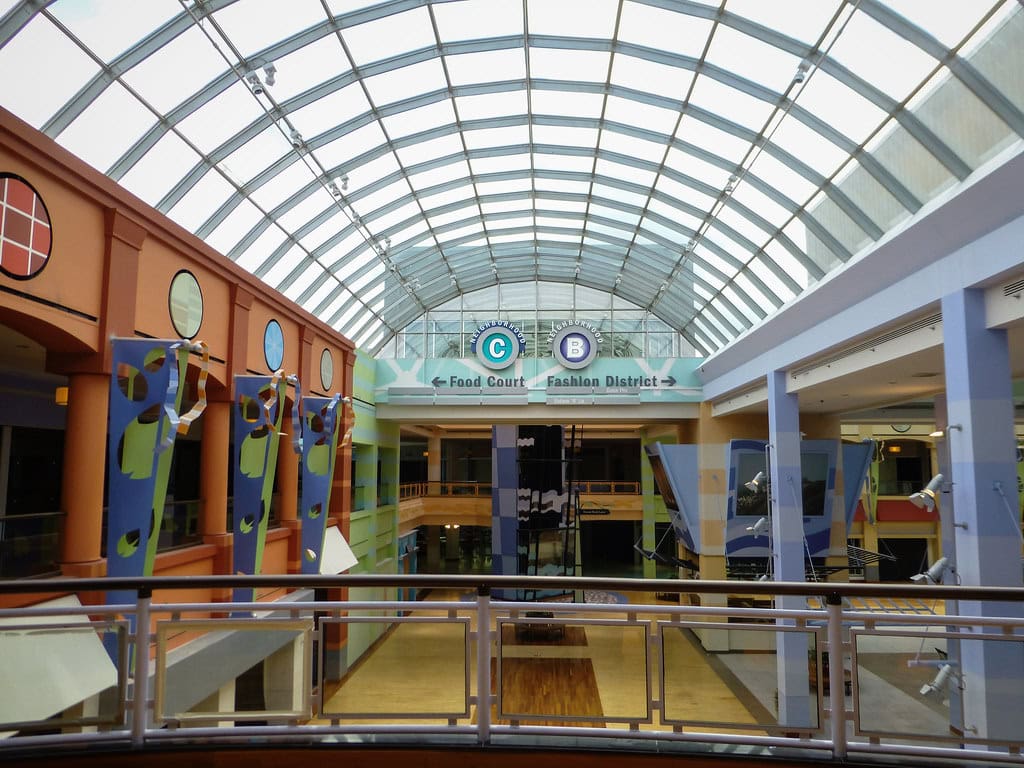
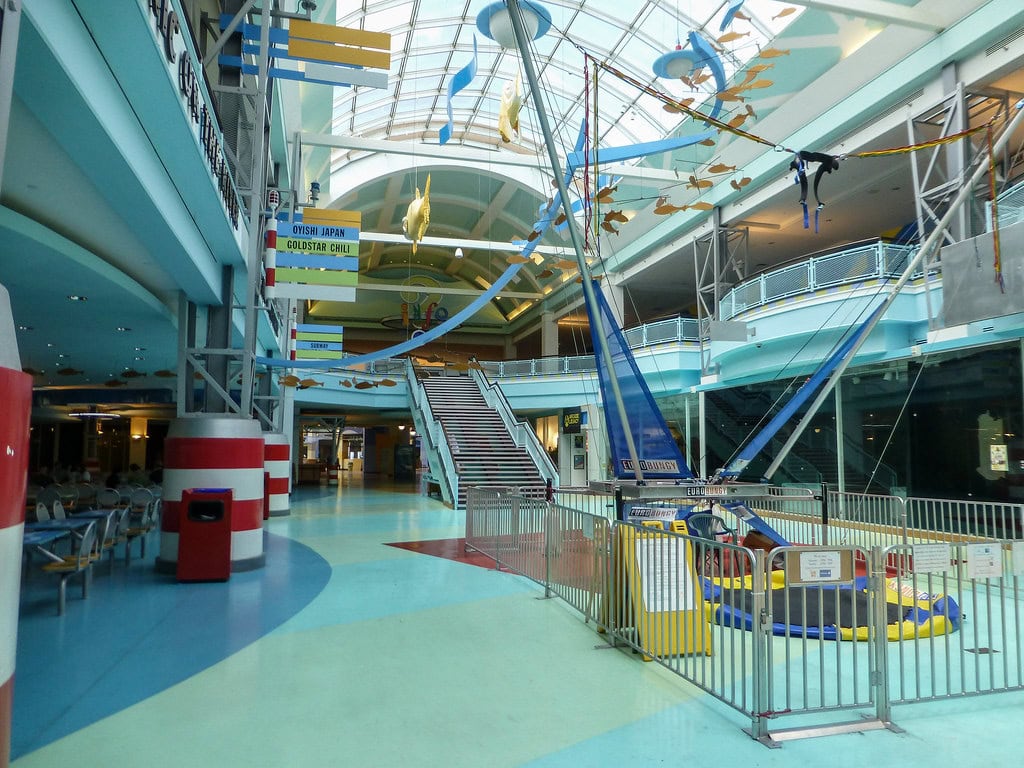
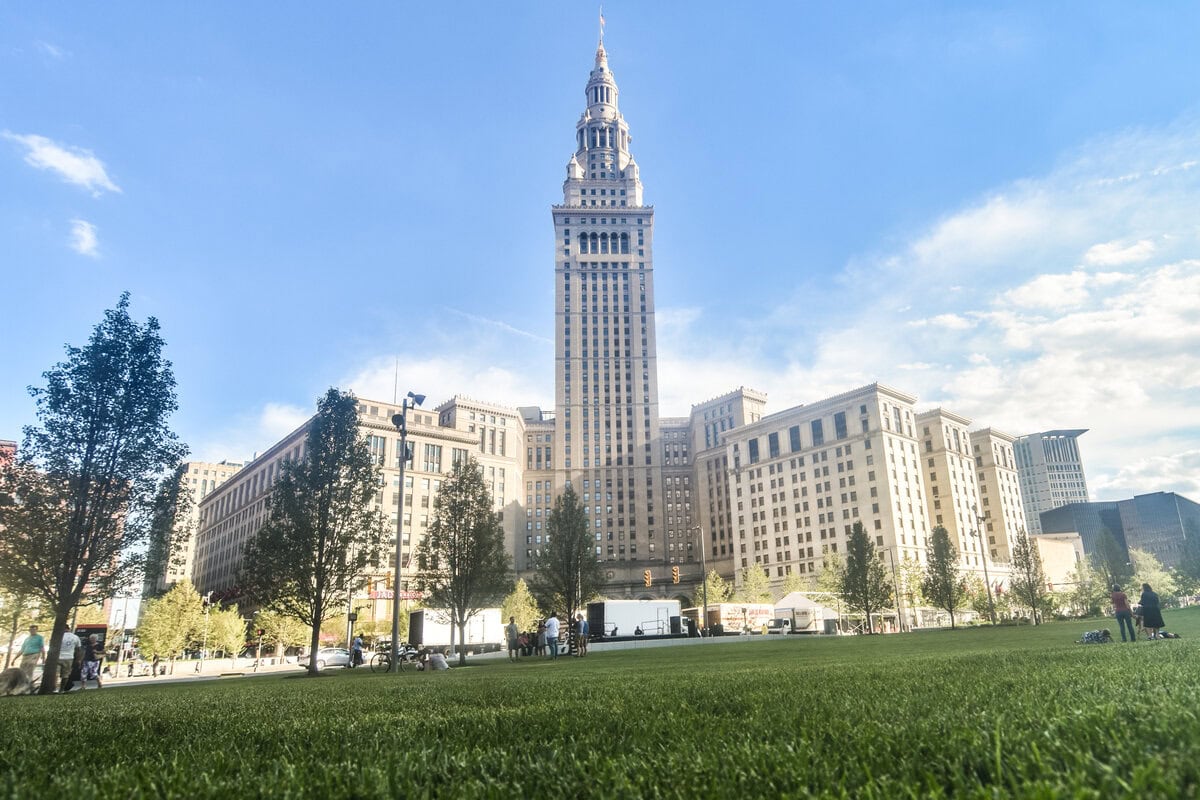
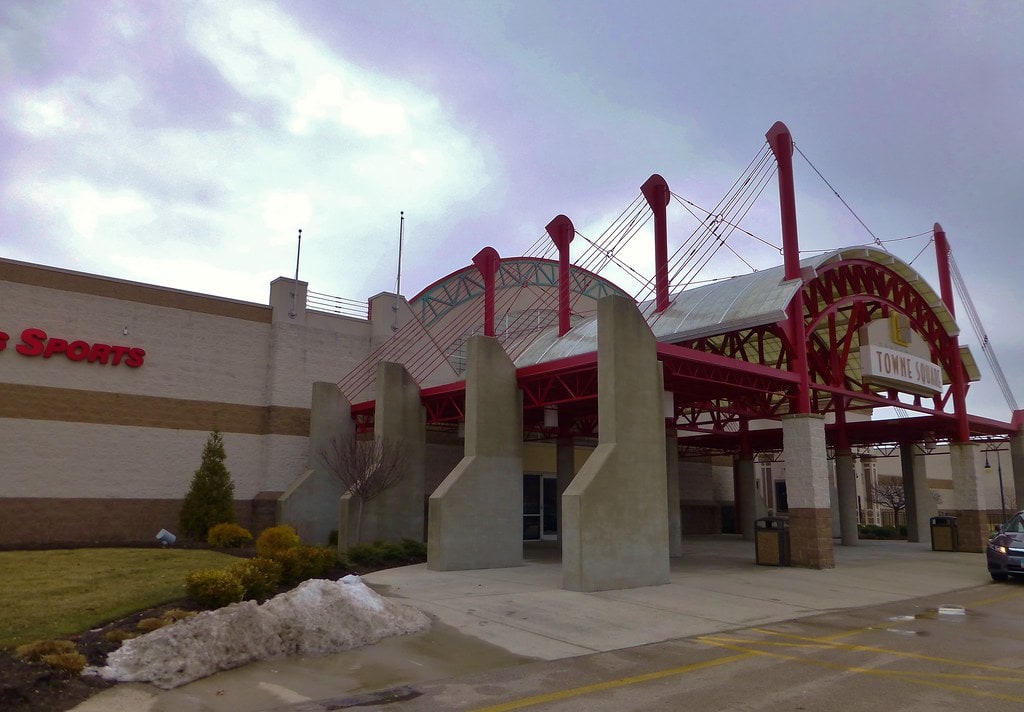
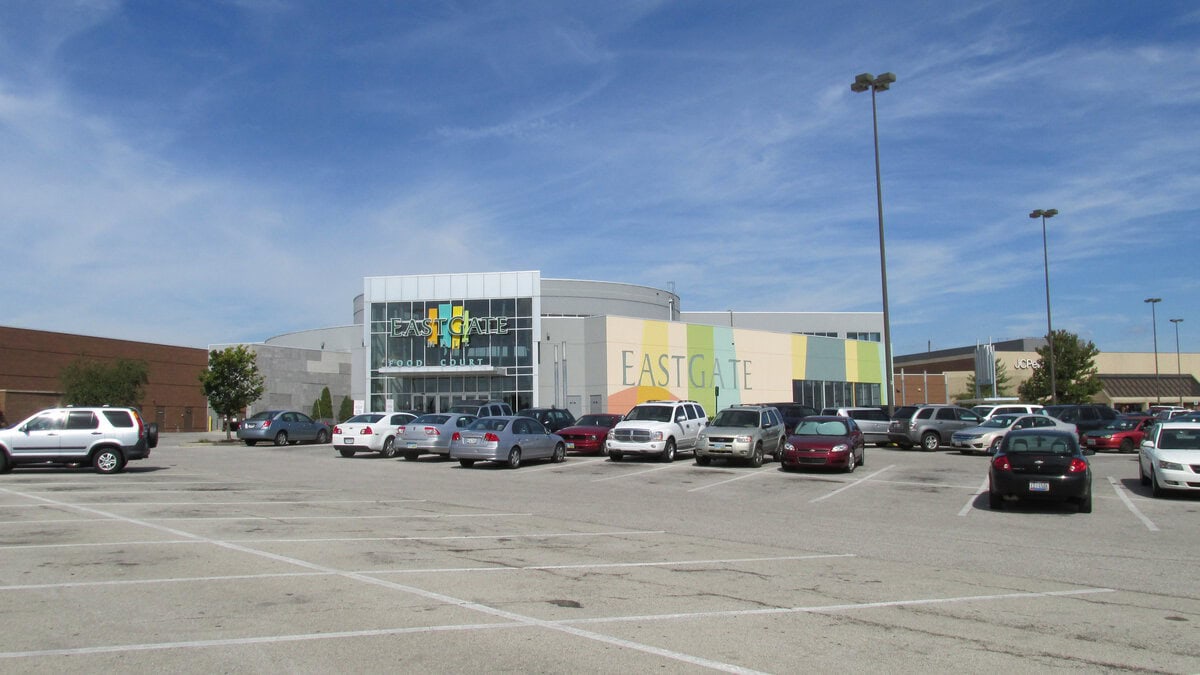
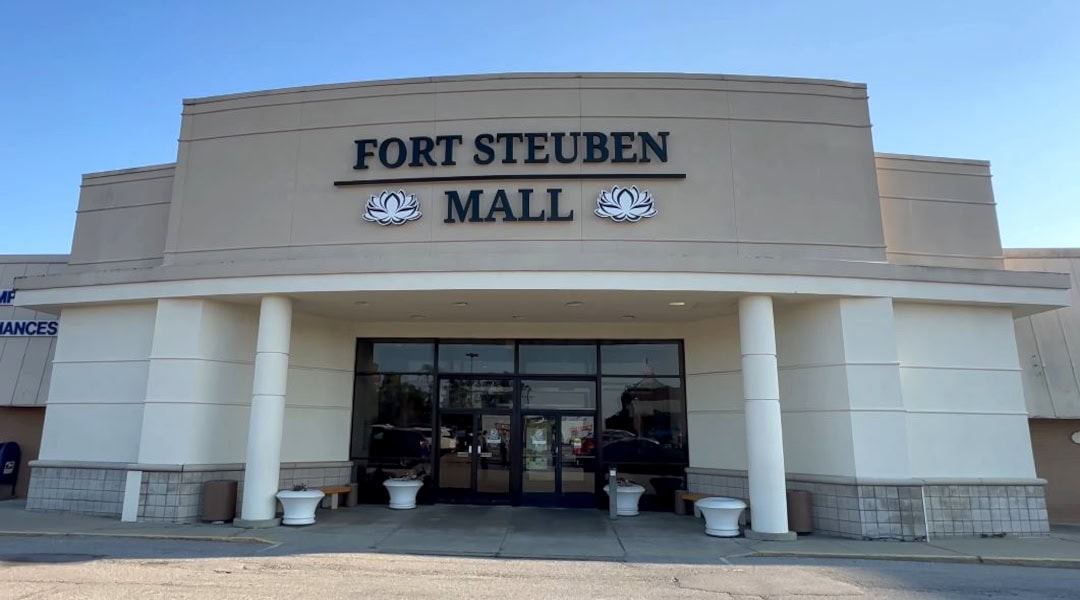
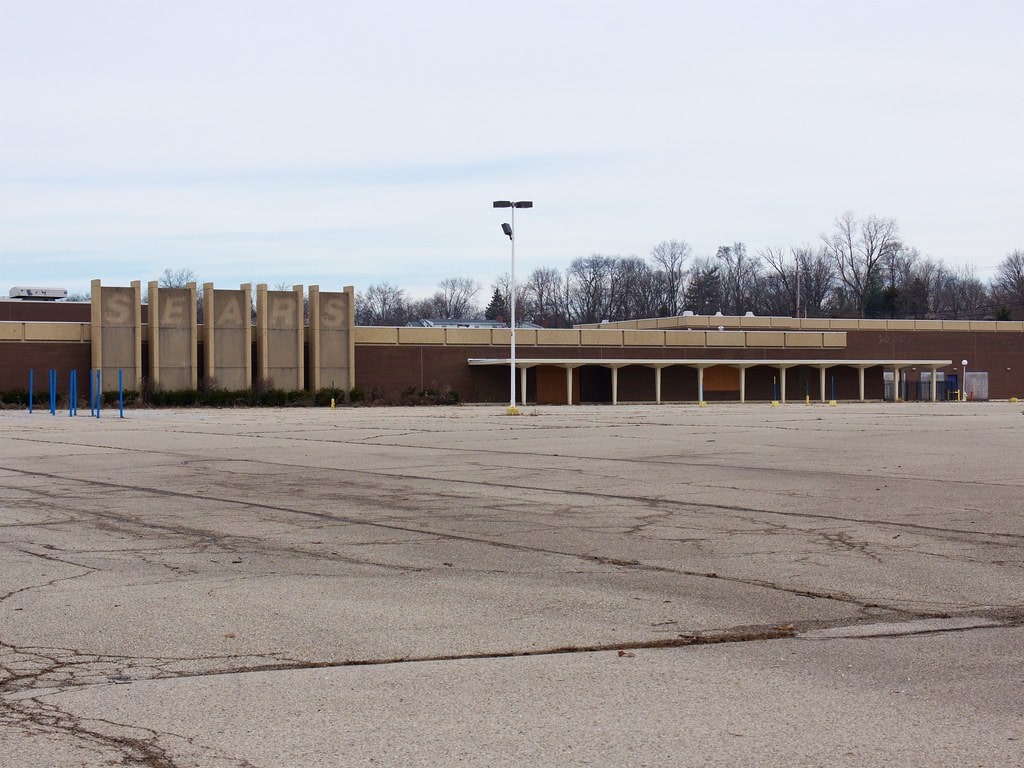
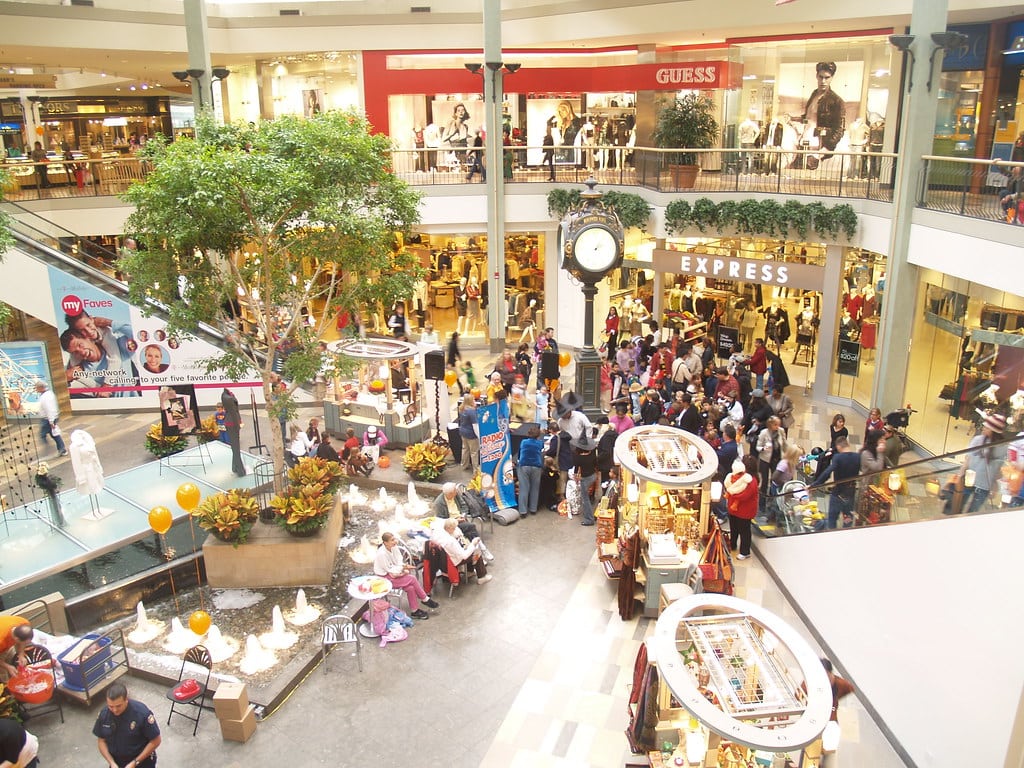

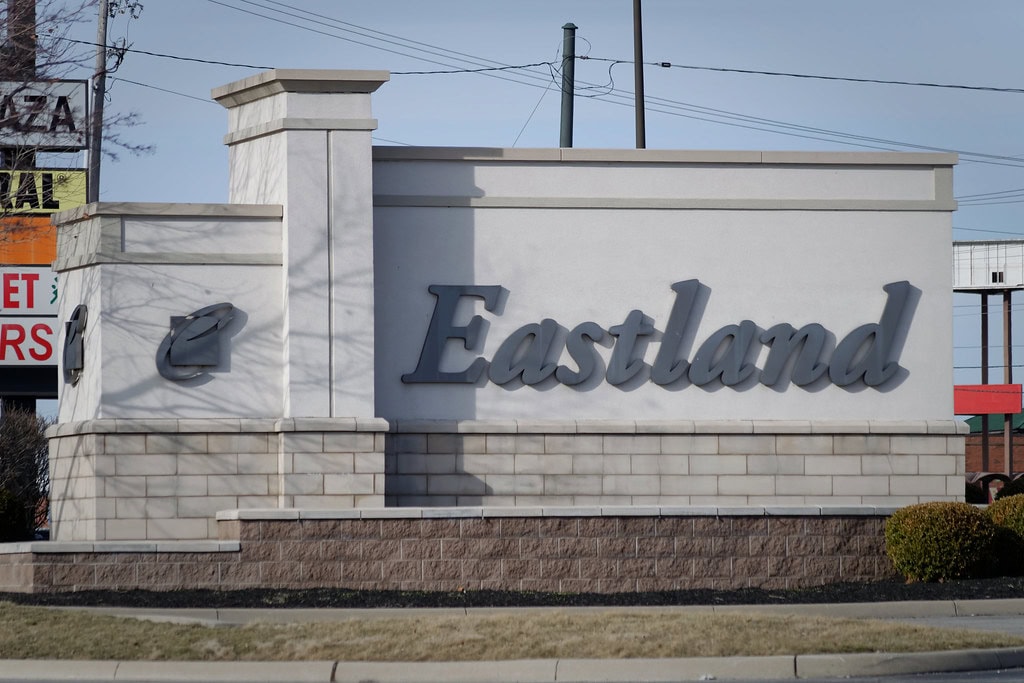
Too close to the hood. It wasn't 'the mall' but rather 'the other mall' as soon as it was built.
Thank you for sharing your comment about Forest Fair Village Mall. It's unfortunate that the mall was viewed as "the other mall."
Five or six years ago, I wrote a letter to the City of Fairfield giving them an option for the Forest Fair Mall, but never heard from the City of Fairfield. The owners of the mall should invest money into the mall and make a 18-20 story apartment building with 5-6 apartments per floor.Those apartments could be rented, sold, leased for singles, couples, and senior citizens, no residents under the age of 25. The parking garage is already there. Taking the bottom 2 floors which are there, and get various type of storesin the mall for the tenants of the Forest Fair Apartments as well as outside customers. Various types of stores that would fit right in to add life to the building. Hire an outside security unit for the protection of the building and its tenents. Have an outside park, with tennis and racketball couts, an indoor outdoor pool and excercise facility, Banquet Hall available for rent, all kinds of idea's to make Forest Fair live again. Just a thought!
Your proposal for the Forest Fair Mall is quite fascinating. It shows a lot of potential for urban development and could be a great way to revitalize the area. Thanks for posting it!
I was hoping to see more information as to what happened when Forest Fair opened all of the restaurants and bars, it was so much fun! there were a lot of bars and restaurants under one roof. They had a country bar, sports bar, comedy bar, lots of dancing bars, different restaurants. Even a lot of Hollywood stars would show up from time to time. There was so much to do! I loved going every weekend and it was always busy. I always wondered what happened to all of that. I really miss Forest Fair Mall, I never heard it being called "village".
Thank you for sharing your memories of Forest Fair Mall. It sounds like it was a vibrant place with a fantastic variety of entertainment. It's always sad to see such lively spots fade away.